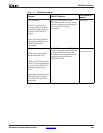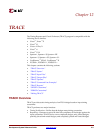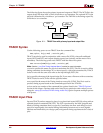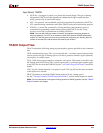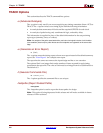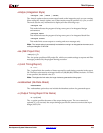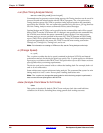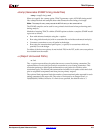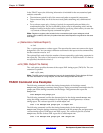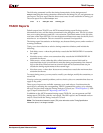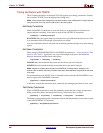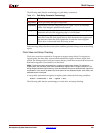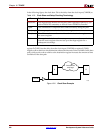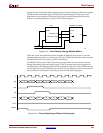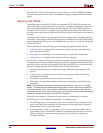
Development System Reference Guide www.xilinx.com 217
TRACE Options
R
–stamp (Generates STAMP timing model files)
–stamp stampfile design.ncd
When you specify the –stamp option, TRACE generates a pair of STAMP timing model
files--stampfile.mod and stampfile.data--that characterize the timing of a design.
Note:
The stamp file entry must precede the NCD file entry on the command line.
The STAMP compiler can be used for any printed circuit board when performing static
timing analysis.
Methods of running TRACE with the STAMP option to obtain a complete STAMP model
report are as follows:
• Run with advanced analysis using the –a option.
• Run using default analysis (with no constraint file and without advanced analysis).
• Construct constraints to cover all paths in the design.
• Run using the unconstrained path report (–u option) for constraints which only
partially cover the design.
For either of the last two options, do not include TIGs in the PCF, as this can cause paths to
be excluded from the model.
–u (Report Uncovered Paths)
–u limit
The –u option reports delays for paths that are not covered by timing constraints. The
option adds an unconstrained path analysis constraint to your existing constraints. This
constraint performs a default path enumeration on any paths for which no other
constraints apply. The default path enumeration includes circuit paths to data and clock
pins on sequential components and data pins on primary outputs.
The optional limit argument limits the number of unconstrained paths reported for each
timing constraint in the report file. The value of limit must be an integer from 1 to
2,000,000,000 (2 billion) inclusive. If a limit is not specified, the default value is 3.



